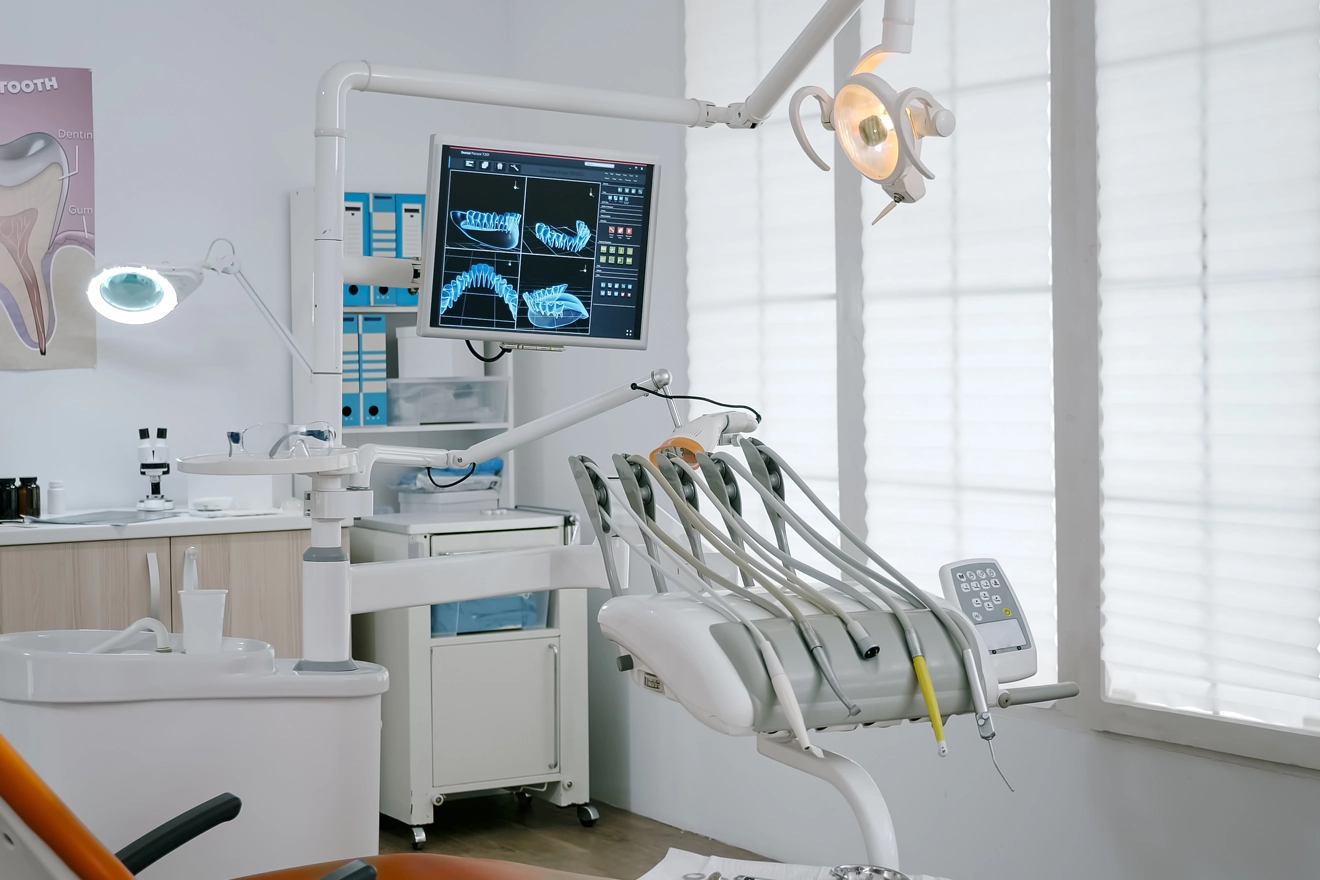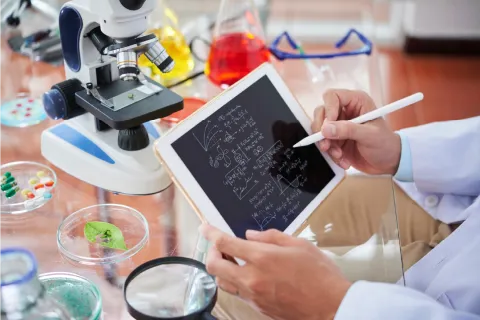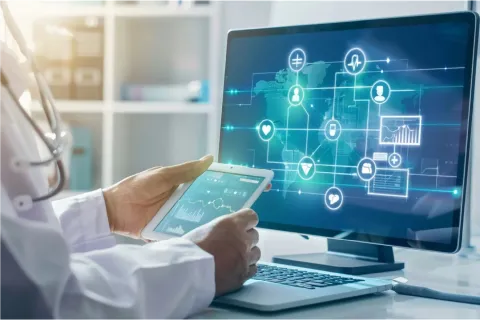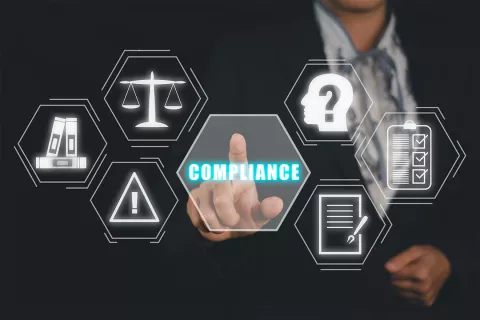
As you may know, the FDA (Food and Drug Administration) uses Medical Device Reporting (MDR) as one of the post-market surveillance tools, to monitor device performance, to detect potential device-related safety issues and to contribute to benefit-risk assessment of the devices. In order to simplify the procedure of submitting medical devices adverse event reports, recently, the FDA and CDRH (Center for Devices and Radiological Health) have initiated electronic Medical Device Reporting (eMDR) and also published a guidance.
As per the guidance, based on the frequency of reporting, FDA suggests two (2) potential pathways to submit the reports, such as:
- Low-volume reporting (few reports) via the eSubmitter software – a special tool developed by the CDRH
- High-volume reporting (numerous reports) using the XML files via the Health Level Seven (HL7) Individual Case Safety Report (ICSR) standard
Health Leven Seven (HL7)
HL7 is a non-profit volunteer organization, constituting of various industry representatives aiming for the development and advancement of clinical and administrative standards for healthcare. Duly accredited by the American National Standards Institute (ANSI), HL7 is one of the several Standards Development Organizations (SDOs) that develops messaging standards for the exchange, management and integration of data that supports the clinical patient care, management, delivery and evaluation of healthcare services. The ICSR is a special standard developed by the HL7 and is intended to be used for reporting adverse events. Currently, the ICSR could be used for drugs and medical devices and later its scope would be extended to veterinary products, food and dietary supplements and cosmetics.
Health Leven Seven (HL7) Version 3
The HL7 version 3 addresses the definition of the data to be exchanged, communication of certain errors to the application, timing of the interchange and also supports functions, such as, participant identification, security checks, exchange mechanism, availability checks, negotiations and most importantly, data exchange structuring. The HL7 version 3 is characterized by utilizing standard approaches with appropriate guidelines, to reduce miscommunication and aligning submissions with applicable standards in the healthcare industry, using the Extended Markup Language (XML).
FDA Electronic Submissions Gateway (ESG)
The FDA ESG is an Agency-wide entry point for all electronic submissions and eMDR uses the ESG to receive electronic MDRs. This gateway enables:
- Regulatory submissions
- Functions as a single point of entry for processing all electronic submissions, in compliance with secure messaging standards
- Serves as a conduit or highway, through which submissions reach the FDA
- Automatically routes submissions to the appropriate FDA Center or Office
According to the guidance, the electronic submission process through the ESG is as follows:
- The ESG receives an inbound submission
- The ESG sends a Receipt or MDN (Message Delivery Notification) or Acknowledgment 1 to the submitter, confirming the submission was successfully received by the ESG
- The submission is automatically transferred to CDRH
- Acknowledgment 2 is sent by the ESG to indicate the submission reached CDRH
- CDRH validates and processes the submission and sends Acknowledgment 3, indicating the submission is successfully loaded into the Adverse Event database
On that note, the FDA states that the medical device manufacturers can utilize this approach to simplify and accelerate all the Regulatory procedures associated with medical devices adverse event reporting. This might be hassle-free but without proper knowledge on the adverse reporting for medical devices may take cause potential setbacks for compliance. Opt for a proven Regulatory expert. Stay informed. Stay compliant.









